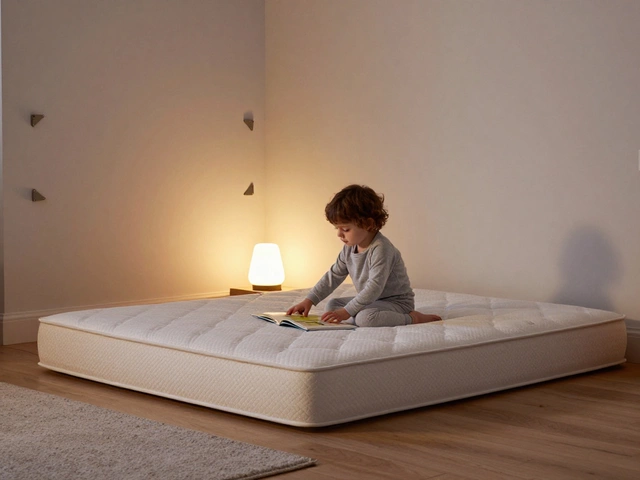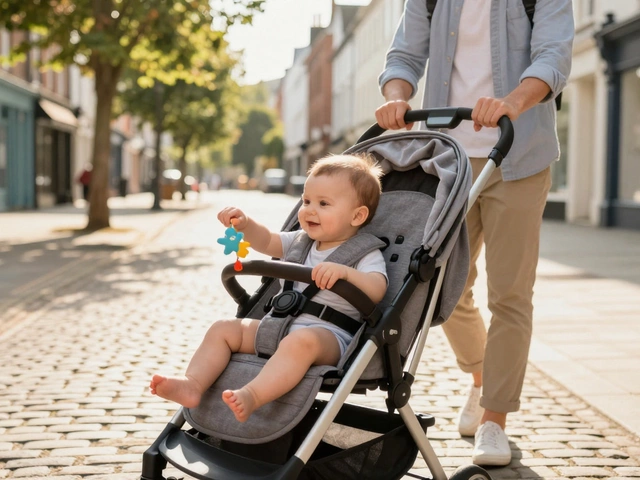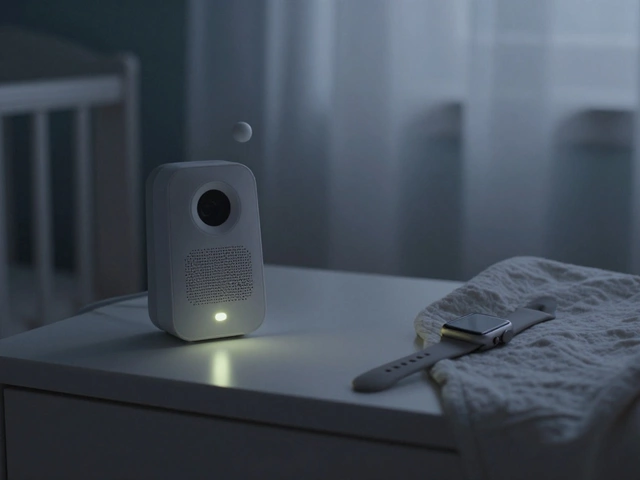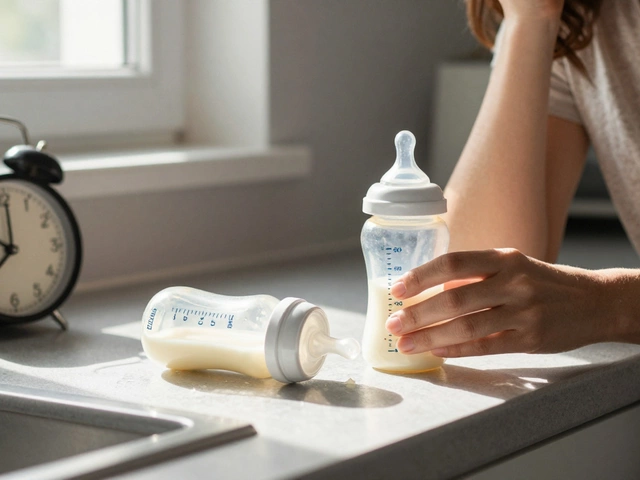
If you’re like most moms-to-be, you’ve probably packed and unpacked your hospital bag a few times already—checking the onesies, going back and forth on bringing snacks, and then you stop: The breast pump. It sits there, staring at you from the nursery shelf. Do you need to bring it? Or is it just another thing to lug along? There’s no one-size-fits-all answer, but some real talk (and a few facts) will make your decision much easier—promise.
What Happens with Feeding Right After Birth?
Let’s start with what actually goes down those first hours and days. When your baby arrives, whether by c-section or vaginal birth, the first milk you make isn’t really milk at all—it’s colostrum. This yellowish, thick stuff is tiny in amount but huge in nutrients and antibodies. Most babies don’t need a ton to fill their tiny bellies, so don’t stress if feeding sessions feel more like practice than a meal.
In most hospitals, staff encourage skin-to-skin time as soon as possible, and they’ll usually get your baby latching on your chest soon after delivery. If you planned to breastfeed, many hospitals have lactation consultants who swoop in (sometimes in the middle of your nap!) to help troubleshoot that first latch and check if things are working okay. Your nurse or consultant can step in to help with positioning, tell you what’s normal with those first feeds, and point out warning signs if baby’s struggling.
But what if things don’t go smoothly? Say, your baby heads to the NICU, you have medical complications, or you’re dealing with low supply. Here’s where pumps can come in handy: starting to express that precious colostrum may help with stimulation. Still, most hospitals already stock hospital-grade breast pumps, which work faster and better than typical models women buy for home use.
If you want a snapshot of how the early feeding timeline can look, here’s a little table for you:
| Time after Birth | Baby’s Typical Feeding Need | What the Hospital Provides |
|---|---|---|
| First hour | 1-2 teaspoons (colostrum) | Lactation support; pump if needed |
| First 24 hours | 8-12 tiny feeds | Hand expression help; pump if separated |
| First 3 days | Frequent cluster feeds | Hospital pump for extra expression |
| After milk comes in | Feeds every 2–3 hours | Ongoing lactation advice; pump if issues |
So you see—most hospitals are ready for nearly any breastfeeding curveball you might face.
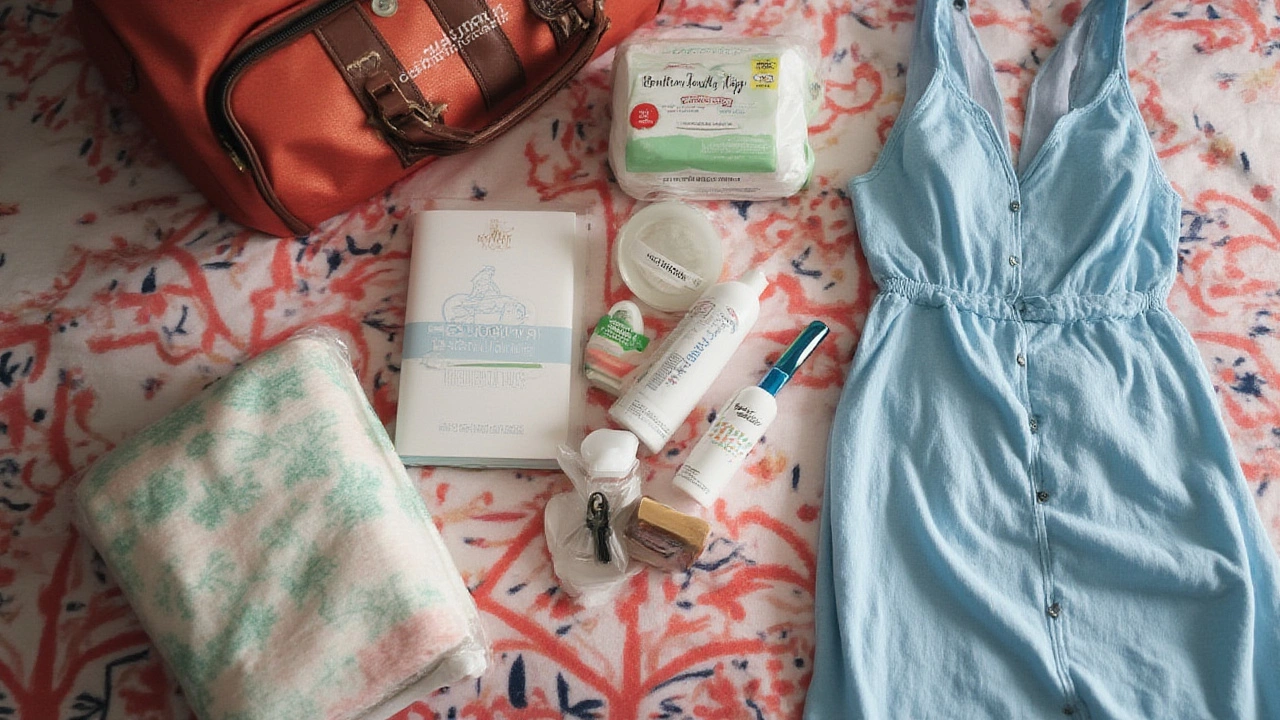
Do You Actually Need Your Own Breast Pump?
Okay, here’s the main question. Do you need to cram your own pump into the hospital bag? Let’s break it down by situations.
- If you have twins or a NICU baby: If your babies are likely going to the NICU (premature, health issues), the hospital will nearly always supply a high-powered pump and teach you how to use it. Honestly, these pumps make yours at home look like a toy in comparison. Unless your hospital is super old-school or extremely under-resourced, lugging your personal pump won’t give you more access—just more things to keep track of in a stressful moment.
- If you want to exclusively pump: Say you know, ahead of time, you won’t breastfeed directly, or you had trouble before and want to pump right away. Usually, you can still request to use the hospital’s pump. That said, some parents just feel better after using their own familiar machine (hello, less intimidating than pressing a dozen buttons on a rental).
- If you’re having a planned c-section, especially if it’s after 39 weeks, most healthy babies latch and feed within the first few hours. Unless you run into a complication or separation, your own pump probably won’t even make it out of the bag.
- If you had issues breastfeeding in the past: Maybe you had low supply, or your first experience was rocky. If using your own pump during those first few feeds gives you peace of mind, then by all means tuck it into your bag. It’s all about what helps you feel confident and in control. But again: Hospitals expect this, and their pumps are super efficient.
- If you’re not sure, call your hospital’s maternity ward and ask. Some hospitals are totally okay with you bringing your own, but many have recommendations. I’ve even heard of places that ask you to leave outside pumps at home to avoid mix-ups or hygiene issues with hospital cleaning routines.
One actual number that’s interesting here: According to a 2024 survey from the Association of Women’s Health, Obstetric and Neonatal Nurses, over 80% of hospitals in the US now have multi-user hospital-grade pumps available on maternity floors. That number’s even higher in cities. So if packing lighter helps you, leave yours at home without guilt. If you’re using a wearable pump (like the Elvie or Willow), check ahead—small, cordless pumps often don’t deliver the suction you’d actually want right after birth, since early days are all about stimulation and colostrum, not high-volume production.
Still stressed about being unprepared? You can always keep your pump in the car, just in case. It’s a good middle-ground: you have it, but you’re not schlepping it through the hallways while carrying a diaper bag and answering fifty questions about your contractions.

Packing and Using a Pump: Smart Tips for Stress-Free Feeding
If you’ve decided to bring your breast pump, even just for peace of mind, a little prep will save you hassle in the moment.
- Keep it simple: Bring only the essentials: pump, cords, two bottles, a couple of bags or containers. Don’t bother with the whole kit (sterilizer, ten extra flanges, etc.)—the hospital will have cleaning supplies, or you can rinse with hot water and air dry.
- Label your parts: Hospitals are busy! Mark your pump and parts with your name in permanent marker or stickers. It avoids confusion in case something gets left in the lactation room or mixed with hospital equipment.
- Know your pump: Use your pump once or twice before your due date so it doesn’t feel like an alien machine if you actually need it at the hospital. Download the app, test the batteries, and peek at the instructions.
- Charge or pack batteries: If you’re bringing a wearable or portable pump, make sure it’s charged, or tuck extra batteries in your bag. Some hospital rooms have awkwardly placed outlets or not enough plugs for everyone’s gear.
- Bring a hand pump as backup: These are tiny, super lightweight, and can give you control if you need to express a bit of colostrum fast—no searching for cords or waiting on the nurse.
Not everyone realizes, but some insurance companies now require hospital staff to sign off on how you’ve been taught to use your new (insurance-supplied) pump before you can leave the hospital. It’s all about education and making sure you know how to get started at home.
One tip from seasoned moms: If you think you might have trouble latching or expect separation from your baby (NICU moms, this means you), hand-express a little colostrum in the last weeks of pregnancy. Some moms freeze a couple of syringes and pop them in their hospital bag; it can make a difference if your baby isn’t feeding right away. Just ask your provider if this is safe for your pregnancy first—the timing matters.
Here’s what else moms in different situations have found helpful:
| Situation | What to Bring | Bonus Tip |
|---|---|---|
| Low supply history | Personal pump, hand pump | Ask if the hospital lets you use both pumps and hand expression together |
| NICU/baby separation | Leave personal pump at home, but bring storage bottles | Hospitals often provide extra bottles for milk collection—just ask |
| Easy birth, healthy baby | No need for personal pump | Focus on skin-to-skin and direct breastfeeding while in hospital |
| Wearable pump only | Check hospital policy first | Wearables aren’t great for just colostrum—ask if hospital has better options |
The key takeaway here: trust yourself, lean on your nurses, and ask every question you have. Nobody expects you to be a feeding pro on day one—you’re already doing amazing to even be thinking this through. No breast pump? No problem. Too many pumps? You’ll probably laugh about it one day with your not-so-tiny baby on your lap. Just know that nearly every modern hospital is equipped to help, and you can always get help with latching, hand-expressing, or pumping right at your bedside—whether or not you brought what’s on your nursery shelf.


